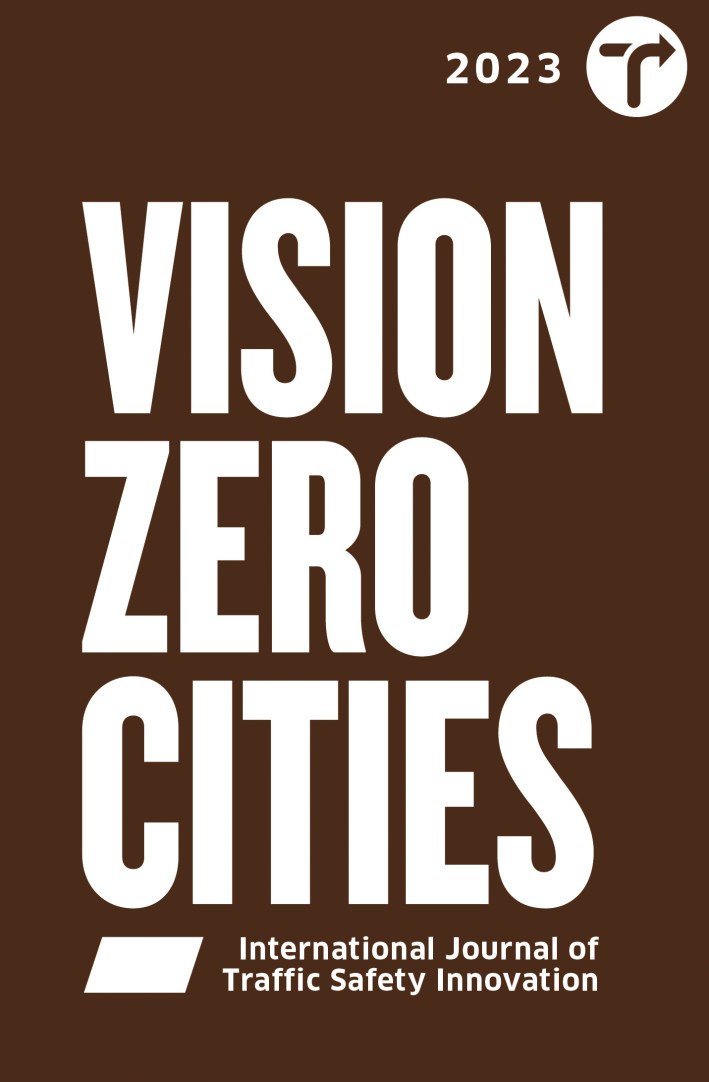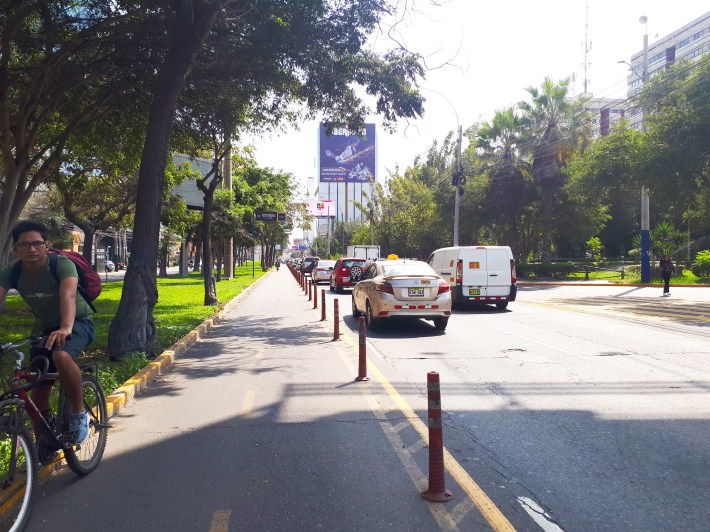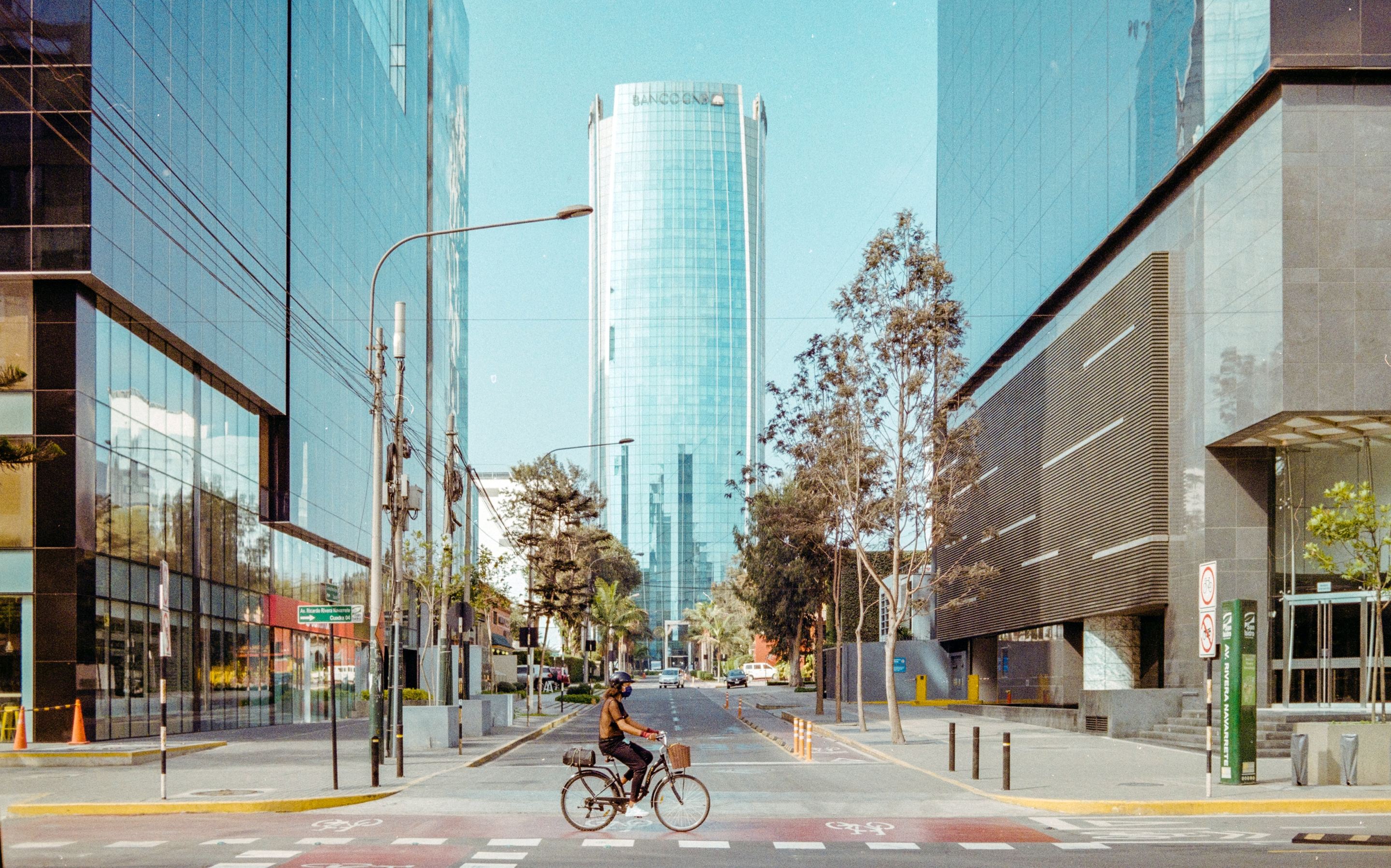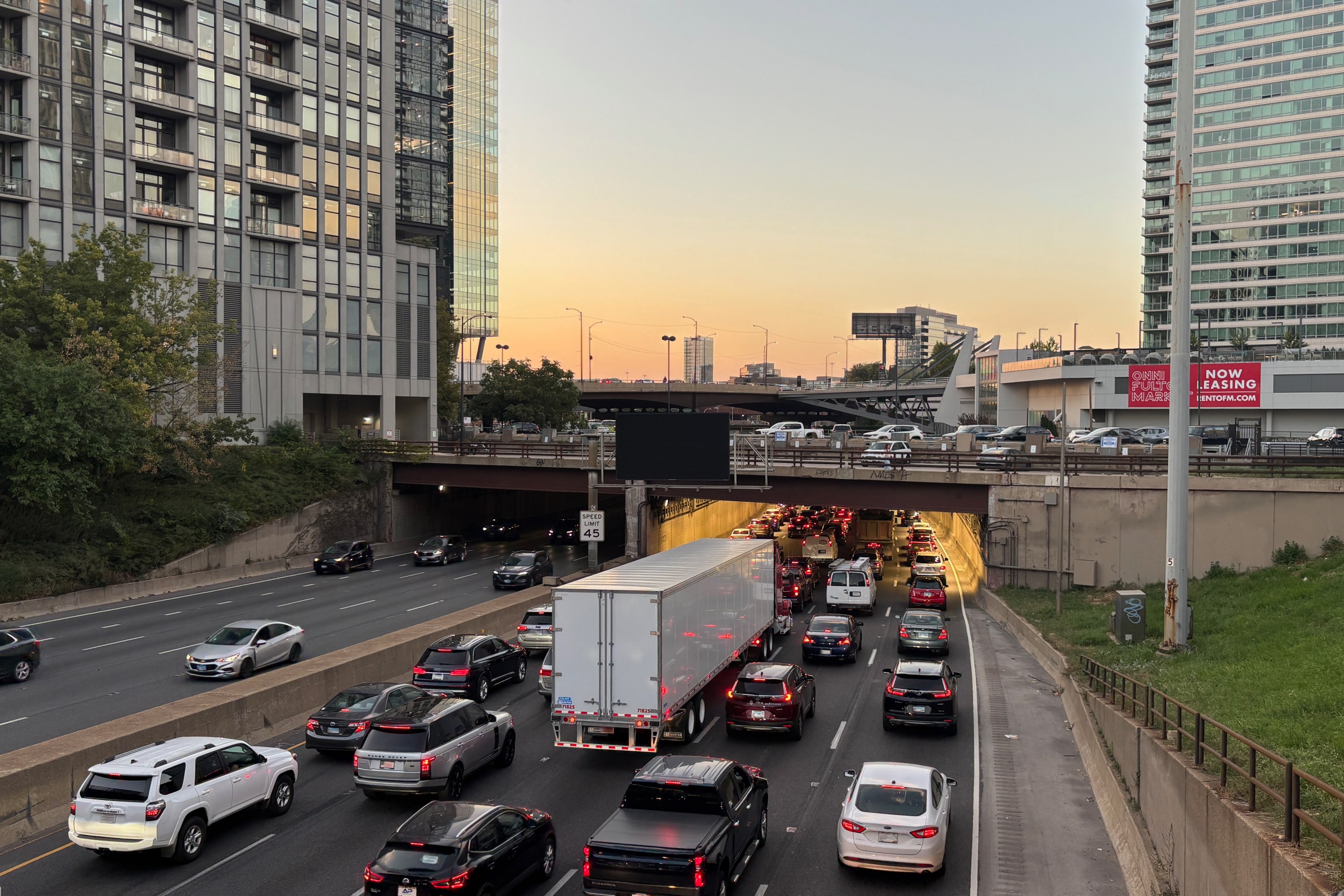Behind every crisis, there are opportunities for radical changes. The pandemic hit Peru hard, making it one of the countries with the highest death rate per capita. However, in the midst of this adversity, in the capital city of Lima, with buses and taxis prohibited and streets empty, new quick-build bicycle lanes allowed many people to stay active and get around the city. City leaders, in turn, found a more sustainable and efficient way to accommodate the movements of more than 10 million residents mid-crisis and for years to come.

Lima has mostly flat terrain and favorable weather almost year-round, making it an ideal place to promote sustainable transportation alternatives such as biking. However, before the pandemic ground everything to a halt, the chaotic traffic and lack of adequate infrastructure hindered the widespread adoption of biking. Public and private buses and vans saw high ridership despite their unintegrated fare systems and extreme congestion at peak hours. Lima’s single train line and the bikeshare system confined to a single heavily-touristed district provided little relief. While additional train lines are under construction, their long timelines could not alleviate the immediate and pressing need for more efficient transportation options. Like many cities, Lima found that the COVID-19 pandemic provided a unique opportunity to make rapid improvements by building out the bike lane network and encouraging a shift towards an efficient and sustainable mode.
In response to the need for a safe, open-air transportation option, temporary bike lanes were implemented on major avenues in Lima in the summer of 2020. This swift action would not have been politically feasible under normal circumstances, but the urgency generated by the pandemic prompted authorities to take bold measures. While each district would typically be responsible for creating its own bike lane network, the Ministry of Transport and Urban Transportation Authority (ATU) recognized there was a need for a more comprehensive and coordinated approach, and provided funding for the lanes. Although few of these temporary bike lanes have been made official and permanent so far, they represent a significant milestone in improving the city's cycling infrastructure.
While their formalization and legalization are still pending, the bike lanes offer a safe place for people to access the city by bicycle. Adapting one of several lanes on major thoroughfares allowed Lima to build quick, direct, and in-demand routes. In order to expedite their design and construction, however, many bidirectional lanes were placed in the center of these major roads, requiring users to navigate narrow lanes with oncoming bike traffic, fast car traffic around them, and dangerous crossings. Despite international standards recommending against bike lanes in the middle of avenues, this configuration was justified in Lima due to the presence of aggressive minibusses known as "combis,” which travel along the roads’ outer lanes and make many stops along the curb. Keeping cyclists away from these public transportation routes is crucial to ensure their safety, though many improvements could be made to the center-lane bike routes to increase it further.
While legal formalization of these temporary bike lanes is necessary to prevent their removal by future mayors, it is encouraging to see that some improvements in terms of physical separation and connectivity are being implemented. Although there is still work to be done, significant progress has been achieved in just two years, which would have otherwise taken a decade.

The contrast between people speeding on bikes past drivers trapped in traffic can be a powerful incentive to convince more people to choose bicycles as their mode of transport. The temporary bike lanes have become a showcase for sustainable mobility, demonstrating the benefits of a healthier and more agile alternative compared to cars.
The combination of high-quality bike lanes, increased enthusiasm for exercise, and traffic congestion has persuaded more people to embrace cycling as their mode of transportation. These changes are a positive legacy that emerged from a public health crisis. Now, it is crucial to maintain these advancements and continue investing in the expansion and improvement of the bike lane network in Lima.
The pandemic has presented a unique opportunity to boost sustainable mobility in the city and shift citizens' mindsets regarding car usage. Hopefully, these changes will endure over time, and Lima will become a reference point for alternative and sustainable transportation. The transformation of the bike lane network is just the beginning of a more environmentally friendly and healthier future for all Limeños.






